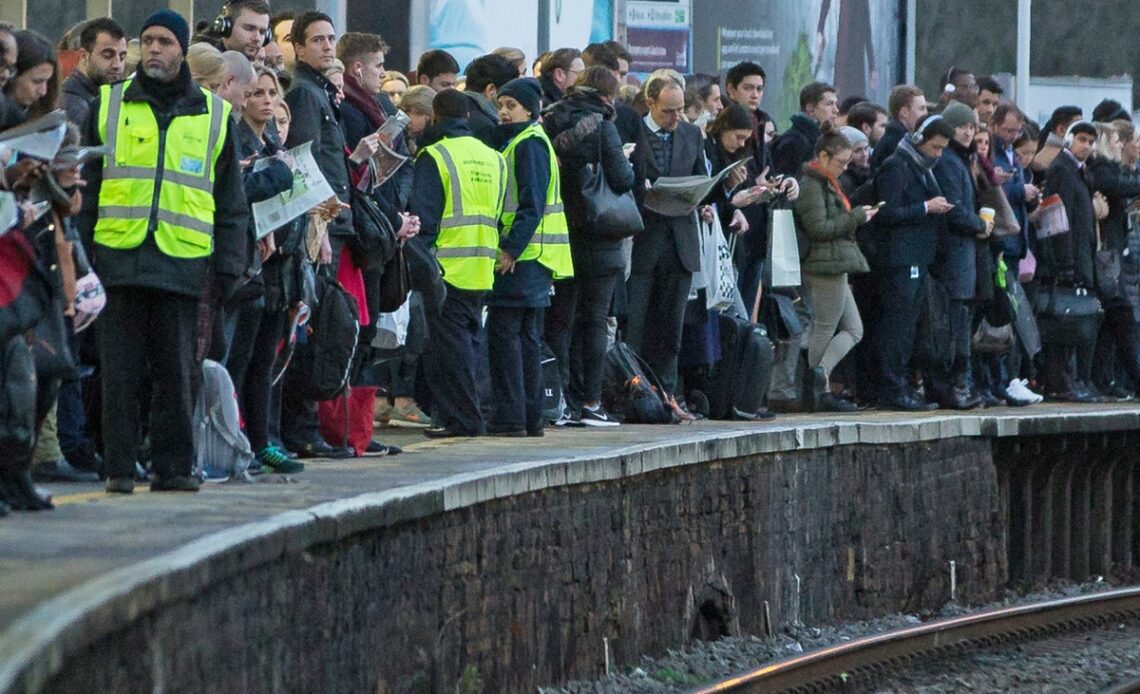Britain’s teetering railways face more delays and cancellations because there is not enough money to maintain them, Network Rail has privately admitted.
A leaked presentation obtained by The Independent says that the government’s funding plans for the next five years will not allow Network Rail to “operate, maintain and renew” the railway at its current level of reliability.
The slides, intended for rail industry bosses and marked “official-sensitive-commercial”, warn that delays caused by crumbling infrastructure – such as tracks, bridges and earthworks – are expected to worsen amid rising costs and inadequate funding.
Rail unions said the revelations about shortfalls in maintenance funding highlight what amounts to a “managed decline” of the railway network.
The documents warn:
- Network Rail will do fewer repairs over the next five years, and will clear less of the debris that can cause delays and accidents
- Lack of funding will lead to higher costs in the longer run, with rail bosses expected to repeatedly repair outdated infrastructure it would be cheaper to replace
- Network Rail has cut its usual £3bn “risk fund” – used to cover events such as extreme weather and Covid – because there is “not sufficient headroom”
- The company will have to take a “market-led” approach to maintenance, in which rail services that make the most money will be prioritised
The news will come as a blow to passengers, who were hit with a 5.9 per cent increase in rail fares last month – the highest in 10 years – despite the figures on reliability falling to new lows.
Latest statistics from the rail regulator show that 4.5 per cent of all trains were cancelled in the last quarter of 2022 – the highest proportion since comparable records began in 2014 – while just 62.3 per cent of scheduled station stops were arrived at on time. Many services that were cut back as a result of the pandemic have not been restored to their previous status, with 3,000 fewer trains a day now scheduled compared with the 2020 timetable.
Signs of physical strain on infrastructure are already starting to appear across the railways. Earlier this month, a failing viaduct in Oxfordshire prompted the closure of an entire commuter line until the summer, while services to the South West of England were crippled for months last year after tracks were…
Click Here to Read the Full Original Article at The Independent Travel…
